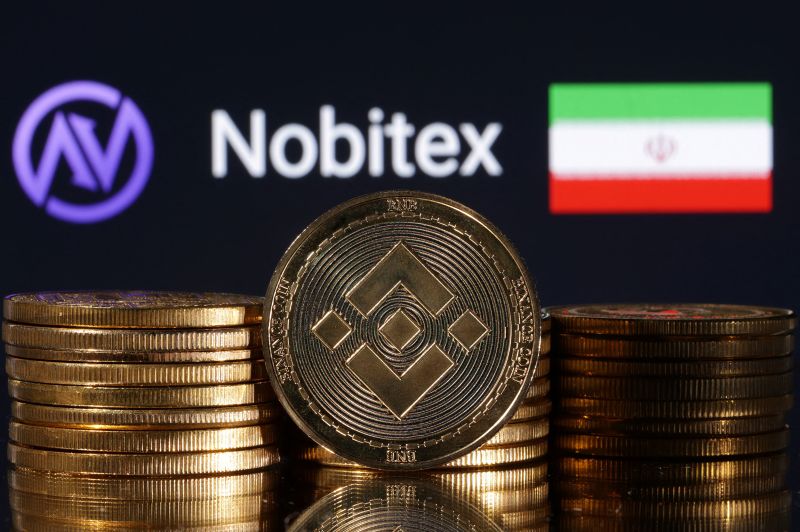

Investor Insight
Stallion Uranium offers investors a rare opportunity to gain early exposure to a company with one of the largest underexplored land packages in the world’s premier uranium district – the Athabasca Basin – guided by a discovery team with a multi-billion-dollar track record.
Overview
Stallion Uranium (TSXV:STUD,OTCQB:STLNF) is a Canadian uranium exploration company positioned for discovery in the southwestern Athabasca Basin, a frontier zone that holds tremendous untapped geological potential. With a landholding of over 709,000 acres, Stallion controls one of the largest and least explored portfolios among junior explorers in the region.
The company is leveraging a surging uranium demand, driven by more than 900 reactors across the globe currently in operation, construction or planning stages. Amid a uranium supply shortage, the Athabasca Basin, with uranium grades up to 20 times the global averages, represents the best place in the world to find the next major high-grade discovery.

What sets Stallion apart is not just its land position, but the pedigree of its team. CEO Matthew Schwab was a key figure in the discovery of NexGen’s Arrow deposit, one of the most significant uranium finds of the past decade.
Over the past two years, Stallion has deployed airborne and ground geophysics across its land package, culminating in the identification of nine Tier-1 uranium targets. The top three – Coyote, Fishhook, and Lynx – have now been prioritized for drilling. Each of these targets exhibits the structural complexity, conductive trends, and gravity signatures characteristic of world-class deposits.
With drilling mobilization planned for H2 2025, a lean share structure, and one of the most technically credible teams in the sector, Stallion Uranium is well-positioned to create significant shareholder value through discovery.
Company Highlights
- Large-scale land position: 709,192 acres in the underexplored southwestern Athabasca Basin.
- World-class exploration address: Athabasca Basin accounts for ~15 percent of global uranium production and hosts the world’s highest-grade deposits.
- Tier-1 targets: Nine high-priority uranium targets identified; three prioritized for near-term drilling: Coyote, Fishhook and Lynx – each defined by advanced geophysics and ideal structural settings.
- Discovery-focused leadership: Team responsible for discoveries including NexGen’s Arrow and Hathor’s Roughrider.
- Strong market fundamentals: Global reactor count rising, while uranium supply remains structurally constrained.
- Near-term catalysts: Drilling at Coyote planned for H2 2025; expanded geophysics underway across portfolio.
Key Projects
Stallion Uranium controls one of the largest underexplored land packages in the Athabasca Basin, spanning over 709,000 acres in the highly prospective southwestern region. Leveraging advanced geophysical techniques and a proven exploration model, the company has systematically identified and ranked nine Tier-1 uranium targets across this vast portfolio. From this group, Stallion has prioritized three high-potential corridors for near-term exploration, each exhibiting the geological signatures and structural features consistent with major discoveries in the Basin.
Coyote Corridor
Located in the heart of Stallion’s southwestern Athabasca holdings, Coyote was first defined by a 2023 VTEM Plus survey, which revealed intersecting east-west conductors within a structurally complex zone. The Athabasca sandstone here is ~450 meters thick, a sweet spot for unconformity-style uranium systems. A Q1 2025 gravity survey revealed a large gravity low anomaly that mirrors the Arrow deposit’s signature. Historical intersections just 12 km south reported up to 255 parts per million (ppm) uranium oxide (U₃O₈), reinforcing the region’s prospectivity. Coyote is currently undergoing 3D inversion modeling and is the company’s first drill target, with a campaign slated for late 2025.
Fishhook Corridor
This 18-km trend remains completely untested by drilling and was delineated using MobileMT surveys. Located along a mineralized corridor where historic assays 8 km south returned 0.139 percent U₃O₈, Fishhook is defined by merging conductive features and massive cross-structures, ideal for uranium fluid trapping. The convergence with the Five of Diamonds Trend underscores the corridor’s structural intensity. With similarities to productive zones in the Basin, Fishhook is poised for follow-up geophysics and potential drill targeting.

Stallion’s high priority targets.
Lynx Corridor
Adjacent to Orano’s Uchrich project, Lynx features a 13-km-long conductor hosted in a magnetic and gravity low, often indicative of the required lithological and alteration conditions. MobileMT data shows complex conductive and magnetic responses, further suggesting active hydrothermal systems. Entirely untested by drilling, Lynx represents a high-quality greenfield opportunity with plans for additional groundwork in 2025.
Management Team
Matthew Schwab – CEO & Director
A highly respected exploration geologist, Matthew Schwab played a leading role in the discovery of NexGen’s Arrow deposit and contributed to Hathor’s Roughrider (acquired by Rio Tinto for $654 million). He previously served as CEO of Kraken Energy.
Darren Slugoski – VP Exploration
Darren Slugoski is a geologist with a B.Sc. Honours from the University of Saskatchewan. He has over 10 years of Basin-focused experience, including involvement in the Spitfire and 2021 Gemini discoveries.
Knox Henderson – Head of IR
With 20+ years of capital markets experience, Knox Henderson is the former investor relations lead for Great Bear Resources (acquired by Kinross for $1.8 billion) and Kodiak Copper. His background is in trading and journalism.
Dong Shim – CFO
Dong Shim is a CPA in British Columbia and Illinois, with a deep background in auditing junior miners and supporting public listings on TSXV, CSE and OTC.
Kelly Pladson – Corporate Secretary
Kelly Pladson has been a regulatory and compliance specialist since 2009, managing TSXV and CSE company filings and governance.
Jay Martin – Director
Jay Martin is the CEO of Cambridge House, Canada’s top investment conference producer. He offers broad industry visibility and strategic insight.
Terri Anne Welyki – Director
Terri Anne Welyki is a mining veteran with 15+ years of experience in permitting, stakeholder engagement, and corporate development across North and South America.
Drew Zimmerman – Director
A CFA and former derivatives portfolio manager, Drew Zimmerman brings financial discipline and capital markets acumen to board-level strategy.
























